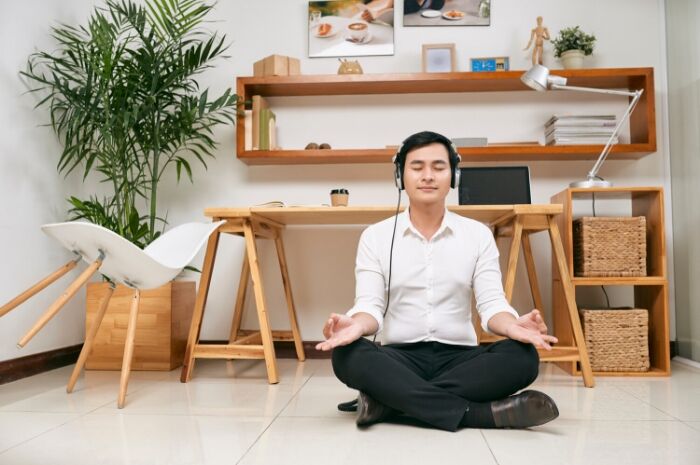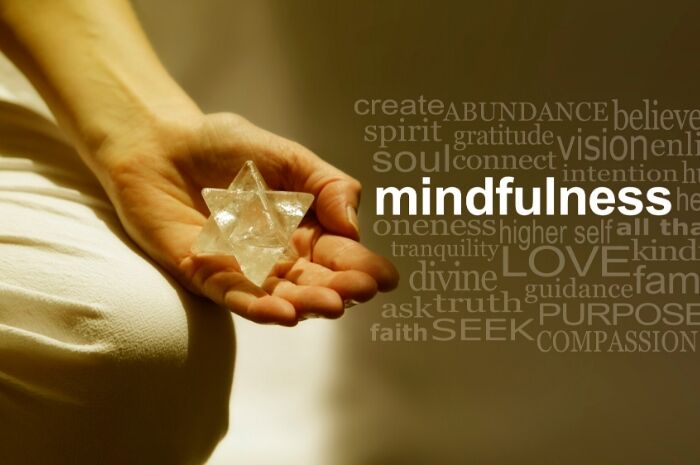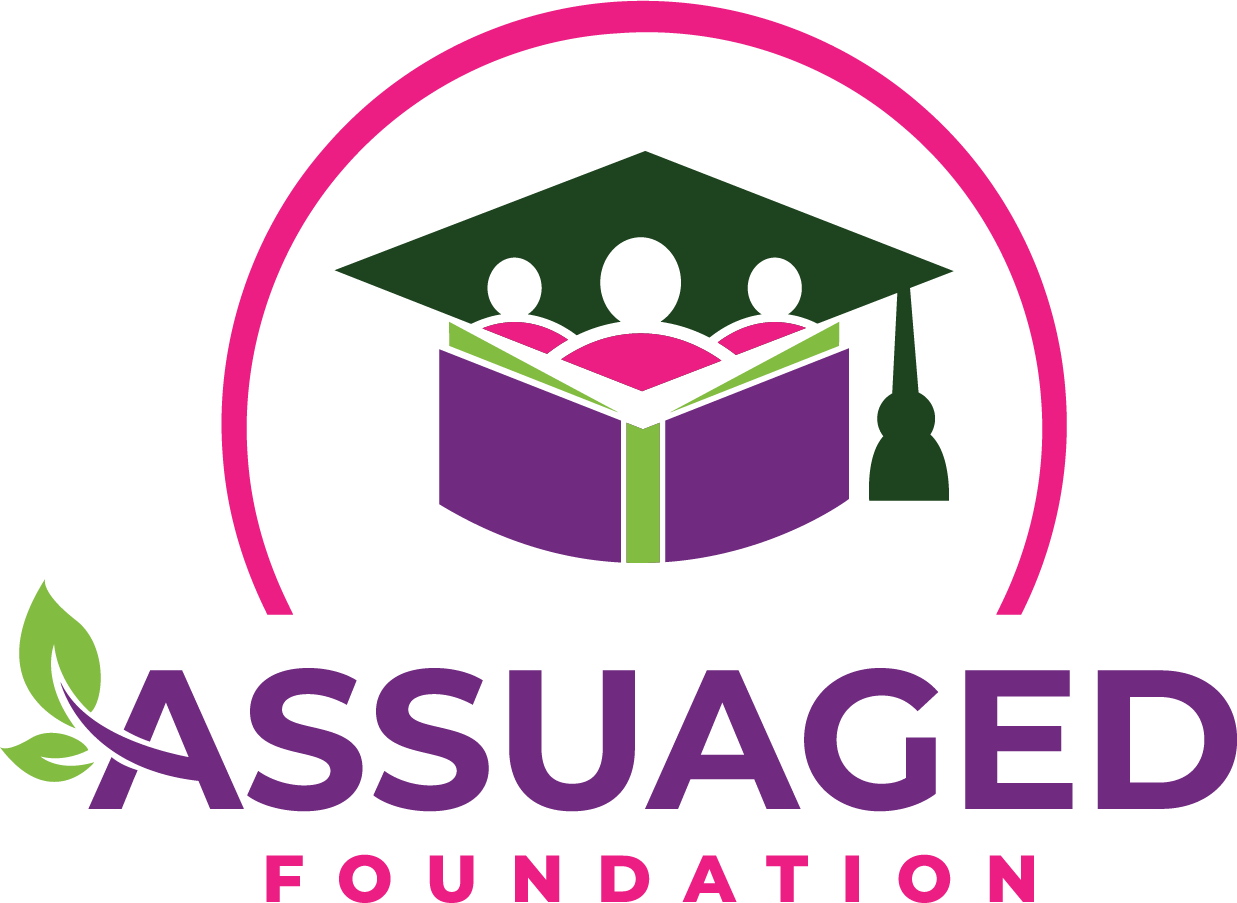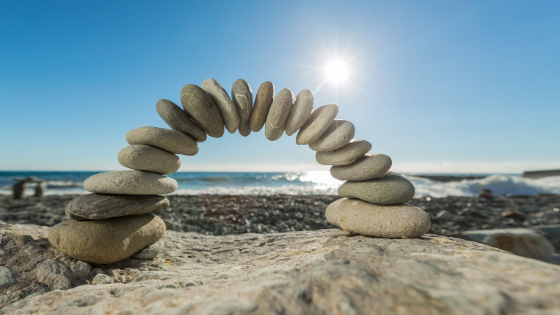Yoga, meditation, acupressure, and acupuncture are four mind-body practices involved in complementary and alternative medicine “CAM“ and are considered alternative medicine modalities. These exercises and practices calm the mental processes and tones the muscles that balance all parts of the human body, including the internal organs. Regular practice brings the benefits of mental, social, and physical health. Yoga along with mindful meditation and diet are all elements of the Ayurvedic medical system.
The Health Benefits of Yoga
The various practices of Yoga are some of the most common CAM movement-based therapies utilized today. Yoga is a mind-body intervention technique that focuses on centering the mind through spiritual practices, breathing control, physical postures, and ethical disciplines. Its purpose is to maintain a person’s physical and mental health, strength, and flexibility. Studies have established that Yoga improves the overall quality of life and is beneficial for weight loss, asthma, MS, arthritis, social and mental health, and reduces the urge for smoking.

There are different types of Yoga practices that serve different purposes, “Power Ashtanga Yoga” is a type that entails intense, continuous fast-paced movement. This version focuses on building physical strength and stamina. Yoga originated in India over 6000 years ago and is now being recognized by Western medical practices due to its effectiveness in mind and body connection.
Studies suggest that Yoga has benefited individuals suffering from health issues, such as:
- Inflammation
- Respiratory Conditions
- Pulmonary Disorders
- Chronic Pain
- Cancer
- Obesity
- Diabetes

How Does Meditation Help the Mind?
Meditation involves conscious physical activity that strengthens the stimulus-response by guiding attention to a single unchangeable or static stimulus to attain self-awareness. Four components required in meditation are focused attention, position comfort, quiet space, and a receptive attitude. The purpose of this deep contemplation is to retain mindfulness skills, self-independence and freedom, self-directness, and mastering avoidance of negative and destructive thought patterns.
Mindfulness is a mental state where an individual reaches a high level of awareness and focuses on reality in the present moment as is. People who can attain consciousness in this state can acknowledge and accept the circumstances without attaching themselves to thoughts and emotional reactions, giving them pristine clarity of a situation.
While this sounds like a natural process, it takes time and dedication to master the art of mindfulness and to live in the present. Why should be be interested in this level of awareness? When we remove the confusion and judgements from past experiences and future expectations, we give the opportunity for a new possibility to emerge, and with positive intent, a better one at that.
Techniques in the practice of meditation involve deep, gradual, relaxed abdominal breathing that centers and calms the mind while inducing decreased levels of anxiety, oxygen consumption, blood pressure, heart rates, adrenaline levels, and respiratory rates.The clinical applications of concentrated breathing techniques serve many purposes and benefits, including the reduction of systolic and diastolic blood pressure and hypertension risks.
Self-examination on this level has proven successful in counteracting eating disorders as well as drug and alcohol relapses. This type of deep contemplation is a pervasive process that should be approached with care. There is the possibility of inducing negative effects from the practice of prolonged self-reflection, especially for individuals suffering from psychological conditions.
Individuals who fall into the category of contraindications are those who are obsessive and compulsive, suffering from an intense fear of losing control. This can cause cases of hypertension during the meditation process. Therefore, these individuals must be handled more delicately and require shorter sessions. Additionally, when this occurs, it can intensify the effects of specific pharmaceutical drugs prescribed for issues involving hypertension, thyroid regulation, and psychological health conditions.

Different Types of Meditation For Different Personalities
Many of us are stuck in negative thought patterns involving the past or future, and this can hinder us from obtaining personal and financial success. During the practice of mindfulness, there are moments of full control attained by quieting the mind rather than allowing cluttered thought patterns and fleeting over-analyzation. These periods of stillness can lead to groundbreaking realizations or insights that would have otherwise gone unnoticed.
The issue many of us continue to run into is stillness. The discipline that it takes to go from constant movement, thinking, and multi-tasking to sitting to focus on one, usually considered, irrelevant object voluntarily seems impossible!
How to justify while theres, emails to respond to, meals to prep, laundry to clean, mail to pick up, the list is endless, and the scales often tip towards "responsibilities" long before quieting the mind.
There are other ways to practice mindfulness by connecting with the movement between body and breath, and even with mother nature herself. Incorporating movement is a perfect way to bring awareness into the physical, mental, and emotional bodies and see the relation between the self and the planet.
Here are some easy techniques to experiment with if yoga and stillness just don't seem to match your pace:

Mindfulness Meditation
is one of the most common and useful practices of alternative therapies. This versatile technique allows you to stop running on auto-pilot and to notice and observe yourself as you practice the repetition of a new behavior. Consciously allow less useful patterns to fall away simultaneously creates room for new ones.
Inevitably, distractions from personal and professional lives will arise, so it is essential to retain mindfulness skills and master emotional reactions towards other people and external situations. This type of meditation focuses on having deep awareness without judgment.
Keep a notebook on hand and record any noticed fluctuations in feelings, what triggers are going on in the present moment. Then write about how you think your feelings are effecting the situation, and how changing your perspective could change the outcome.
This is for the more analytical minded, but catching yourself in the moment and practicing the reassessment of emotions in process of feeling them is a plan for success in taking the skill into the world with you.
Meditating with Mantra and Music
Music and chanting is a popular choice of meditation and the vibrations created have an uplifting affect from the inside out. Mantras are part of mindfulness meditation as well.
These allow each person to tune their attention where they desire and to hone in on the art of mindfulness. Going within and experiment with the world of sound can be an exciting and insightful journey.

Mandala Meditation and Recognizing Fractals
For the artistically inclined and curious there is Mandala Meditation, which can be done by hand- drawing or coloring books. They can vary from quite simple to extremely intricate and are designed to keep the mind focused on fine detail and connecting patterns.
Whether creating mandalas from scratch with a protractor or coloring pre-made designs from prints, the use of color therapy can be experimented with as a soothing creative outlet to also activate parts of the brain that often go unused.
Going out into nature and creating beautiful pattens and identifying fractals is also a wonderful reflection on how the very structure of nature is built on the delicate patterns that repeat throughout, often hidden within the microscopic world.
Making designs within the garden like spiral a pattern of plants along a pathway, or placing stones in a similar manner are all great ways of connecting the body with nature.

Garden Meditation while Earth Grounding
Here's another wonderful way to clear the mind and body of negative toxins that have accumulated from the busy work week. Tending to the soil and watching the different stages in the process of life, how everything interrelates and provides symbiotic relationships among each other is a gentle reminder of our true roots.
There is a silencing of the mind that naturally comes over us when emerged in the sounds of nature, giving the perfect environment to cultivate mindfulness.Tending to plants reminds us of the connection of our interdependence and our roles as conscious beings to be supportive contributors to the system, and maintain the natural balance of give and take.
It can be an opportunity to grow organic produce, and to truly cultivate a relationship that provides the experience that so many of us are disconnected from today. It is also a great time to try grounding while spending time in the garden.

Grounding meditation can be done in any clean hazard-free environment, but the garden is an especially safe and peaceful haven where we can let our guard down and those deeper healing brain wavelengths can be reached.
Walking barefoot allows the body to align and charge itself with Earth's electrical frequencies and neutralizes free radicals making it a healing mind-body experience on many levels.
Movement and Walking Meditation
There are a variety of alternatives for those who prefer to stay on the move or just have a hard time sitting still. While this may sound like a super easy task, this is most often a time when our minds are most prone to jumping on auto-pilot!
Keeping focus on the surrounding sounds, movements, the sensation of your feet contacting the ground, how your breath syncs with your steps, all of these factors should remain in your window of perception.
When thoughts starting wandering down a different path, like what you need to do later or what didn't get finished yesterday, come back to the present and choose one aspect to hone in on. Between the break of constant chatter of the mind and the fresh air your mind and body with be thank you with renewed clarity and energy.

Besides the different forms of yoga, there is also tai chi, qigong, and other ancient arts, even the most simple daily tasks can be used to gear towards using as a marker of attention.
Washing the dishes, taking a shower, even just brushing your teeth, any time that all the senses are engaged and attention is on the action, not wandering off with thought mode, counts as a step in the right direction.
The practices of mindfulness, yoga, and meditation are all geared to bring back control and balance to thoughts, emotional responses, physical processes. Without this awareness, we can get lost in past and future fear-based thoughts and miss out on the present opportunities. Overall the quality of life is reduced when there is a lack of self-awareness.
Life is precious and moves faster than we realize. It’s not possible to be the best version of ourselves while stuck destructively living and old memories or upcoming anxieties. Practiced cognizance is essential for emotional wellness, which is necessary for physical wellness.
Subtle signs and messages required for personal growth and advancement are constantly provided, but they are seen only when we pay keen attention in the now. Don't let another moment pass you by, well, try your best. 🕉️ Let us know how you stay mindful or any struggles you have with staying present in the moment in the comments below. Enjoy some positive quotes, and please feel free to contact us with any questions or concerns that you would like to share!

















